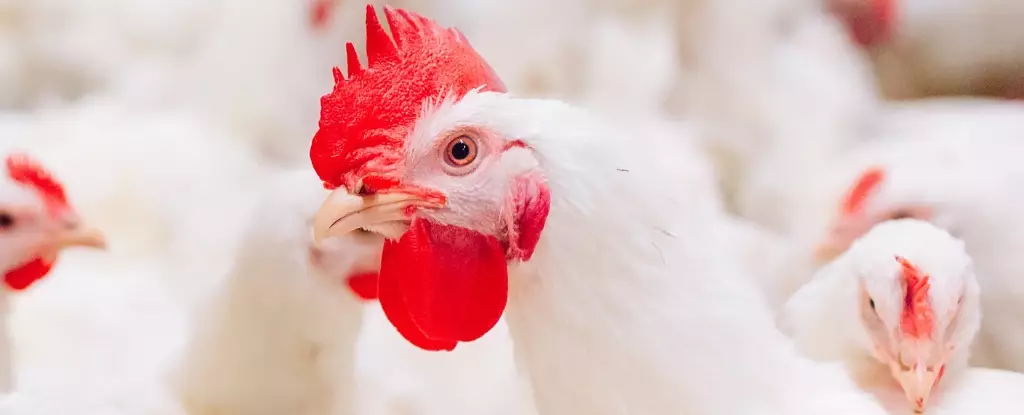The emergence of H5 avian influenza in a teenager in British Columbia marks a significant alarm for public health authorities in Canada. This incident not only highlights the ongoing risk of zoonotic diseases—those that jump from animals to humans—but also raises critical questions about surveillance and response mechanisms in place. As the first confirmed case of bird flu in a Canadian individual, the public is left grasping with both the implications of this diagnosis and the larger narrative of avian viruses affecting mammals.
Bird flu is predominantly associated with wild bird populations and domesticated poultry; however, its recent infiltration into mammalian species, including livestock such as cattle, illustrates a worrying trend. Scientists are increasingly cautious about the potential for mutations of the avian virus as it navigates through new host species. In this specific case, the provincial health department is diving deep into the patient’s history to trace back potential sources, indicating the necessity of understanding how such viruses could cross the species barrier.
Close contact with infected birds or contaminated environments remains the main route through which humans have contracted the virus thus far. However, with the confirmation of this case in a largely green province and the reports of a similar case from Missouri in the U.S., there is a palpable tension in the healthcare community regarding the potential for wider community transmission. The delineation between sporadic cases and an epidemic has never been clear, and here we find ourselves on that precarious threshold once again.
Dr. Bonnie Henry, British Columbia’s Health Officer, reassured the public that despite the rare nature of this incident, a thorough investigation is underway. The response involves tracing potential contacts of the patient and assessing environmental factors that could have contributed to the infection. The emphasis on a careful, methodical approach underscores the importance of rapid response in the face of infectious disease threats.
As public health officials work to unravel the cause, this scenario serves as a poignant reminder of the relentless nature of zoonotic diseases. It reveals significant gaps in preparedness levels for unforeseen viral transmissions. The historical context of bird flu infections demonstrates that while the incidence of human cases is low, each event has broader implications regarding potential virus mutations and human-to-human transmission possibilities.
The rise in mammalian infections, including those seen in recent cattle outbreaks across the United States, fits into a larger narrative of ecological disruption and biodiversity loss. The intersection of wildlife, domestic animals, and humans creates a complex tapestry that can yield untold repercussions when disease interacts with ecosystems under stress.
While the risk of sustained human-to-human transmission remains low as of now, the awareness of these potential developments demands heightened vigilance. As this case unfolds in British Columbia, it serves as an urgent call for comprehensive surveillance programs and responsible interactions with wildlife—all pivotal in preventing the next epidemic before it starts. The interplay between animal health, environmental changes, and human activities must be recognized as a crucial driver of health outcomes, paving the way for a more proactive and coordinated approach to public health.


Leave a Reply